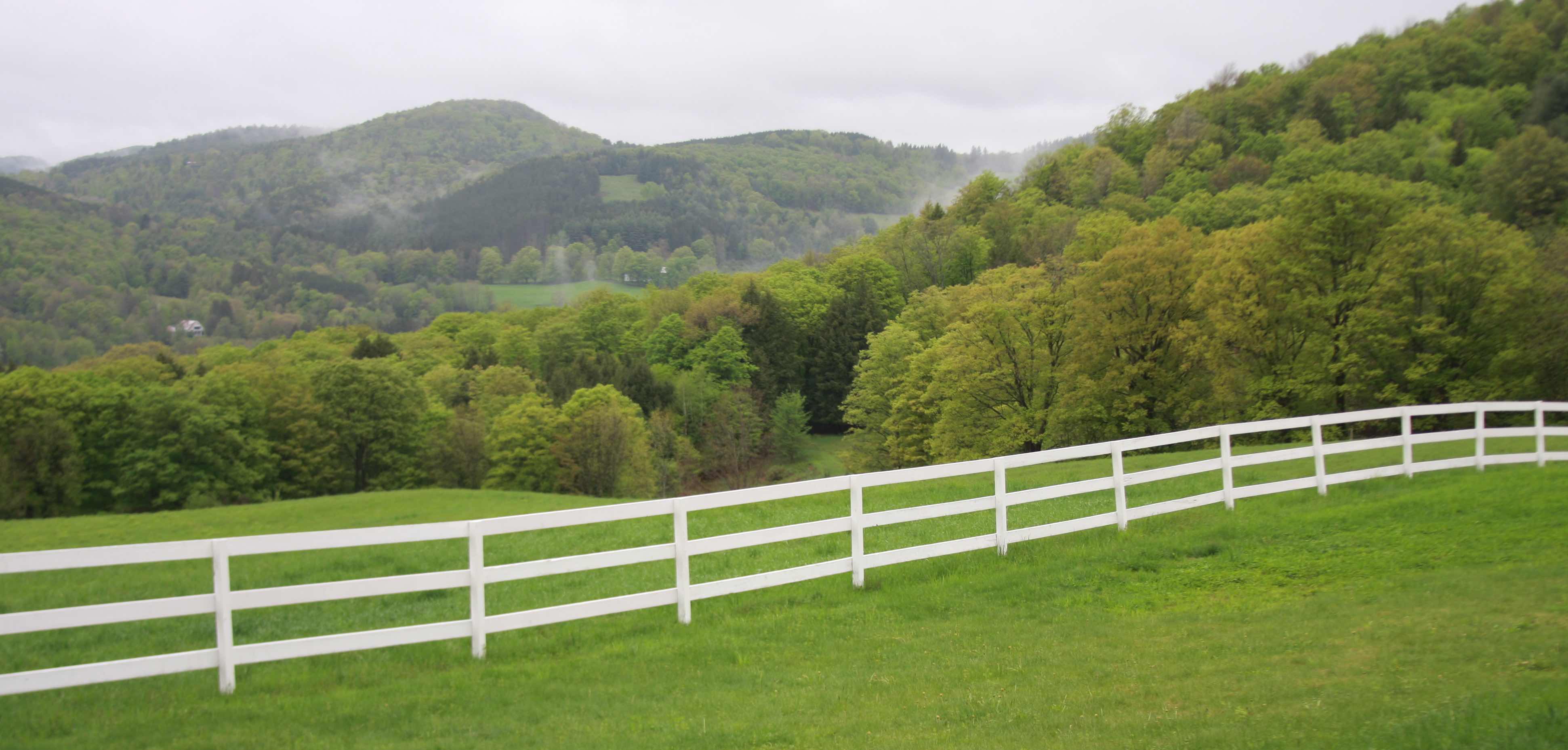
Changes in tax laws aim to discourage development.
This piece first appeared in The Vermont Standard.
The Vermont House and Senate have passed two changes to the state’s system of levying property taxes on agricultural and managed forest land. Reading and Woodstock Representative Alison Clarkson says the modifications are aimed at improving and strengthening the program that bars development on over 2.2 million acres in the Green Mountain State. The multi-billion dollar economic benefit of keeping those large tracts of land as farm or undeveloped acreage, Clarkson adds, far outweighs the program’s current $52 million annual price tag.
The taxation policy, commonly referred to as “current use,” allows for qualifying tracts of 25 or more acres to be taxed on “use” value, now $215 per acre for agricultural land, and $122 for forest land. That results in dramatically lower property tax bills for landowners whose holdings might otherwise be assessed at thousands per acre.
In the 2010 tax year, holders of 175 parcels in Woodstock saved $1.2 million in property taxes under the program; owners of 155 Pomfret parcels likewise saved $1.3 million. Savings to landowners in other nearby towns were more moderate but still substantial; in Bridgewater, Barnard, Reading, Hartland, and Hartford combined, owners kept about $2.6 million on 540 tracts. The payoff for all residents, though, is that nearly 100,000 acres remain undeveloped across the seven towns. In total, about a third of the state’s 6 million acres are enrolled in “current use.”
“Vermont is kept looking like Vermont in large measure because of this program,” says Clarkson, “without it we would not have the farms, the open space, and forest land, especially in high value areas like Woodstock.”
Vermont’s General Fund, the repository for receipts from personal income, sales, corporate, meals and room, and other miscellaneous taxes, reimburses municipalities for levies they forgo because of the program. The shortfall to the state’s Education Fund is made up with higher education tax rates.
Critics of current use taxation say that it allows some landowners with plans to ultimately develop their land to unfairly reap the benefit of lower taxes in the interim. Existing law does establish penalties, called “use change” taxes, for building out enrolled land. But those penalties, which amount to either 10% or 20% of a parcel’s fair market value depending on how long it has been in the program, aren’t applied until development actually occurs. One of the recently passed changes seeks to force inappropriately enrolled land out of the program, and extract the use change taxes, two years after landowners obtain either state or municipal permits for development, regardless of whether or not that development has begun.
Ernie Christianson, Engineering Manager of the Wastewater Management Division at the Vermont Department of Environmental Conservation, says that the Wastewater and Potable Water Supply Permit required by the state for development is one that owners may obtain far in advance of officially subdividing or building out lots. They may even use a lot’s permitted status as a tool to help market properties they intend to develop. As a result, looking at those permits may ferret out some landowners who “park” their properties in the current use program while waiting to develop them.
Monitoring municipal permits may be less effective. Michael Brands, Zoning and Planning Officer for Woodstock says, for example, that subdivision approvals expire after one year for village properties and after two for those in the town. And construction permits require detailed, formalized drawings. As a result, people generally don’t apply for either until they are close to actually developing. But, he adds, municipalities are still sorting out the implications of the new requirement.
The other change passed in the legislative session just concluded increases transfer taxes on “current use” land that is sold; the incremental funds raised are earmarked for an electronic records system that will improve program management.
Representative Clarkson says that other changes are on the horizon. A bill that’s been passed by the House and is scheduled for consideration by the Senate in next year’s legislative session, she says, will more effectively prevent enrollment of land that does not legitimately belong in the current use program. If enacted, the additional rules will establish steeper use change taxes by modifying the method for determining market value of individual lots on subdivided properties.
“It reduces abuse by putting the teeth back into the penalty,” she adds.
Other critics charge that the program is just one more expense for the state, in a fiscally difficult time, and that it benefits wealthy, often second, homeowners who don’t need a tax break. In fact, of the total 2.2 million acres enrolled in the program state-wide, over two thirds are owned by non-residents, who are presumably second homeowners; in Woodstock and nearby towns, nearly three quarters of current use acres are likewise owned by non-residents. The issue of means testing has been around since the current use bill was first drafted in the late 1970’s, says Darby Bradley, Special Assistant for Donor and Government Relations at The Vermont Land Trust. “Whether you think it is a good idea or not, it is very difficult to administer,” he says, and, “land owners who are taxed at development values are going to eventually develop, even if they have means,” he adds.
Representative Clarkson says that even though some second homeowners may be benefitting by enrolling their land in the current use, “people forget that they are partnering with locals and providing jobs to foresters, loggers, truckers, whatever, and local farmers are using their land for crops.” Furthermore, all Vermonters profit from the over $4 billion economic impact of the program. “It’s tourism, it’s specialty foods, agriculture, dairy, meats, loggers, furniture makers,” Clarkson says, “it benefits anyone who does anything related to land in current use.”
